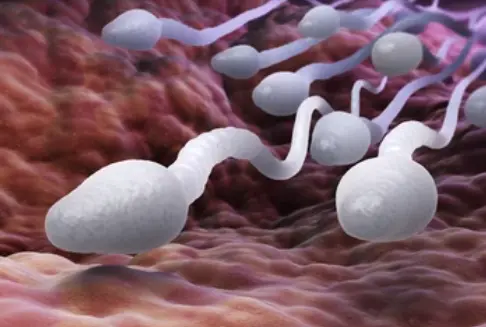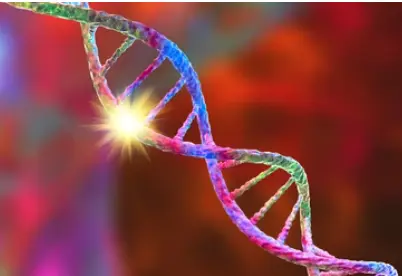 Welcome
Welcome
“May all be happy, may all be healed, may all be at peace and may no one ever suffer."
Sickle-cell disease - Generics
Sickle-cell disease is a genetic disorder that affects the hemoglobin molecule in red blood cells. Hemoglobin is the protein in red blood cells that carries oxygen from the lungs to the rest of the body. In sickle-cell disease, a mutation in the gene that produces hemoglobin causes the formation of abnormal hemoglobin molecules, which can form stiff rods and change the shape of the red blood cells into a sickle or crescent shape. This makes it difficult for the cells to pass through small blood vessels, leading to a range of complications.
Symptoms of sickle-cell disease can include anemia, episodes of severe pain (called sickle cell crises), swelling of the hands and feet, fatigue, and increased susceptibility to infections. People with sickle-cell disease may also be at risk of other complications, such as stroke, acute chest syndrome, and damage to organs such as the kidneys and liver.
There is no cure for sickle-cell disease, but treatment can help manage the symptoms and complications. Treatment may include pain management during sickle-cell crises, blood transfusions, medication to prevent infections, and hydroxyurea, a medication that can help reduce the frequency of sickle-cell crises. In some cases, a bone marrow transplant may be recommended, which can cure the disease but is associated with significant risks and is only appropriate for a limited number of people with sickle-cell disease.
People with sickle-cell disease can lead productive lives with proper medical care and management of their condition. Early detection and treatment can help prevent complications and improve quality of life.

Visceral spasms

Auditory Vestibular and v...

Cervicitis and proctitis

Prader Willi syndrome

Fungal UTIS

Alcoholism & drug-induced...

Callus

Psittacosis
Sickle cell disease, সিকল সেল ডিজিজ
To be happy, beautiful, healthy, wealthy, hale and long-lived stay with DM3S.